What We’re Centering: Creators of Color
According to Data USA, only 6.6% of those with primary occupations in the arts, media, and sports in the United States are Black, less than their share of the population. Further, only 4% of writers are Black, and only 3.7% of artists. Other POC identities are represented at similar rates or even less. And according to a 2019 study, only 5% of those involved in the American publishing industry are Black, meaning many publishers may not know how to market to multicultural audiences.
The recent Black Lives Matter protests make for an especially opportune time to reflect on the state of the arts in America. These realities make it essential for media organizations to uplift the voices of authors, artists, and creators of color — and to recognize the structural inequalities that create them.
At Nass Lit, we affirm our commitment to doing so. With this in mind, we asked our staff what works by Black or POC creators recently inspired them. Please enjoy this edition of What We’re Loving!
Where applicable, we have included links to purchase books from the Black-owned NYC independent bookstore The Lit. Bar: Bookstore & Chill, which ships throughout the U.S. However, please remember to support your local Black-owned bookstores.

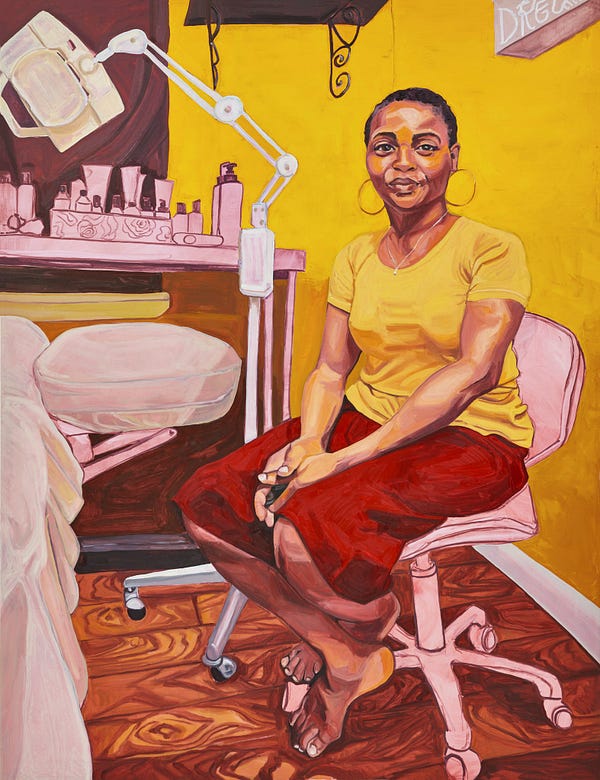
Jordan Casteel is an artist who paints colossal, empathetic portraits of people often unseen on the walls of art museums. These are friends, neighbors, street vendors, store owners, and other community members mostly in and around Harlem, where the artist resides. I recently checked out a virtual exhibition of her work at the New Museum, and remembered her from a previous visit to the High Line, where a mural of Fallou Wadje, a clothing designer Casteel befriended during her residency at the Studio Museum in Harlem, is presented through December. Her paintings are monumental and beautiful, shining a light into the stories and histories of people that we pass by every day; a series of her works are derived from fleeting moments captured while riding the New York subway. Another series, entitled “Visible Men,” was spurred after George Zimmerman was acquitted of killing Trayvon Martin in 2013. Casteel wanted to use her portraiture, which depicts exclusively people of color, to counteract the way that black men had been portrayed as violent or criminals in popular culture. “I came back with intention: I’m going to paint black men as I see and know them,” she said to the New York Times. “As my twin brother, as my older brother, as people that I love. I wanted to find a way to get other people to see them in their humanity.”
— Katie Tam ’21

Cultural critic Roxane Gay has an enviable online presence — her Twitter has 740K followers, and she began her career publishing in online magazines like The Rumpus and The Toast. In her memoir Hunger, Gay displays the acerbic wit that made her a Twitter icon while revealing the hurtful realities of living as a person of size. Hunger charts Gay’s relationship with her body, from gang rape at twelve to “super morbid obesity” in adulthood. Gay confronts her maladaptive use of food for comfort in clean, uncompromising prose.
Even as we see society’s treatment of larger bodies, we are reminded that people of color in America can’t escape the trappings of race. Gay recounts the contempt of White classmates at Phillips Exeter when she was accepted to Yale, the whispers about affirmative action. Gay calls herself privileged because she is upper middle class and has a PhD. Yet when she meets her new landlord, the first thing the woman says is, “You didn’t sound like a colored girl on the phone.” Hunger is an incisive and moving exploration of life as a Black woman of size. The fact that fatness has been largely neglected by the literary establishment makes Gay’s words all the more valuable.
— Ashira Shirali ’22
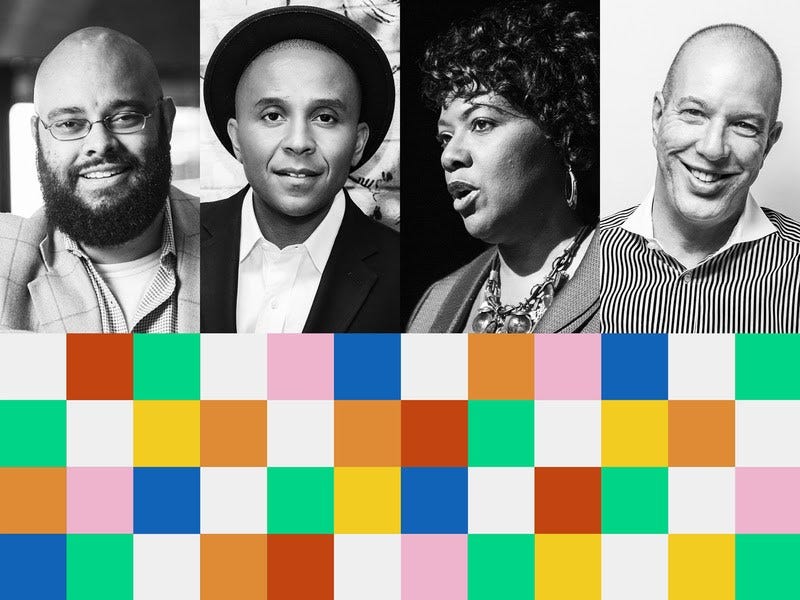
In a recent TEDx podcast, “The path to ending systemic racism in the US,” Dr. Bernice King affirms, “[H]eart change is hard change.”
The wake of police brutality and racial hate crimes has fueled intense protests across the nation. However, behind the curtain of chaos, America has also witnessed a “BLM Renaissance” to demand change across communities to end systemic racism. These internal efforts have sought to unmask the insidious injustices hidden within cities like Minneapolis, Atlanta, Miami. Many are asking, how do we pay for unrepented sins of America’s past?
In this podcast, Dr. Phillip Goff endorses the need to build hospitable community models that reflect sustainable suburbs. From a political lens, citizens at every political level must “channel their presence to power.” Civil rights leader Rashad Robinson urges citizens to hold their district attorneys accountable. One deeper issue that many overlook is language in the subtle way we express our beliefs. For example, Robinson speaks to the distinction between “people of color are less likely to get money from banks instead” and “banks are less likely to give money to black people.” The problem with the latter is that it presupposes an institutional norm that conditions society to think a certain way, while the former affirms the societal problem of racism in America’s economic institutions. These predisposed practices of expressing language reflects an unawareness of deeper issues behind systemic racism. Dr. Bernice King emphasizes these deeper issues including morality, violence, and cooperative struggle. In her view, everyone must be devoted to change to deconstruct the violence, riots, and police killings alike — this entails a change in the way we see or treat people and engage in policy. Perhaps, as ACLU leader Anthony Romero suggests, we must shrink police infrastructure and reinvest our taxes in housing, education, and infrastructure. Regardless of how changes play out, history speaks for itself: every generation is called to freedom struggle, says King. However, unlike the initial American experiment, Dr. King demonstrates that “morality is at the center, not military might.”
— Colton Wang ’23
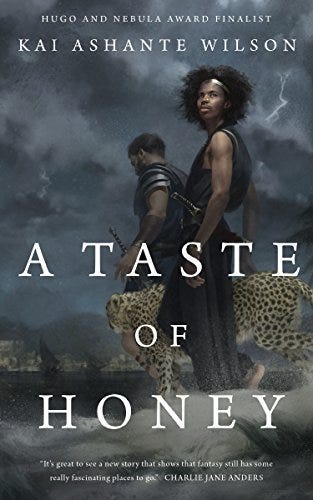
Kai Ashante Wilson’s piece on authorial dialect and writing style, titled “The POC Guide to Writing Dialect in Fiction,” is an interesting look at what assumptions or associations are placed on different forms of language, when linguistically, many of these variants can be considered equally viable. Wilson is an author who uses African American Vernacular English (AAVE) in his epic fantasy works, a genre more affiliated with a formal “ornate” or “fancy” medieval European style, a la J.R.R. Tolkien. Wilson also writes in the latter register, using it for the bulk of the narration, but he chooses to use AAVE as well, particularly in dialogue. His essay explains this decision to combine the two styles and highlights how these dialects shouldn’t be treated as a source of shame or an avenue for mockery, a way of demeaning people for being “dumb” or “uneducated.” Language of all kinds, Wilson argues, is a form of expression that should be embraced, and regardless of how “elite” a particular dialect is according to public perception, there can be moving, inventive, and insightful voices and narratives in any variant.
— Sydney Peng ’22
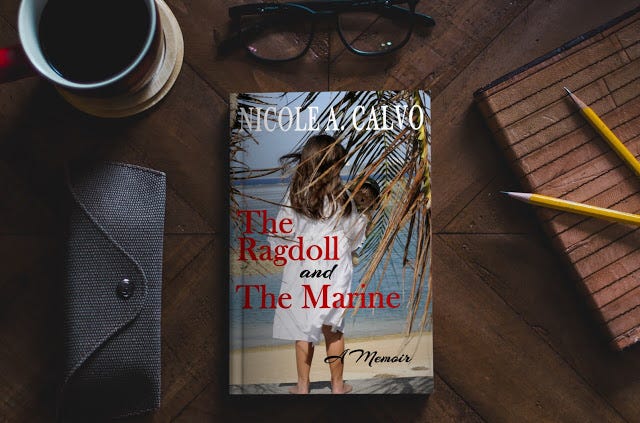
Since turning in my thesis in January and waiting until June for my official diploma to arrive via snail mail, I’ve been reading a lot of memoirs to pass time for the past five and a half months. The most recent memoir I read was a local read from Guam: The Ragdoll and the Marine by Nicole Calvo. The story is told from Nicole’s perspective, but the main protagonist is her mother, a survivor of World War II who received a cherished ragdoll as a gift when she was a little girl from an American soldier fighting for Guam’s freedom. The novel is a testament to a daughter’s love for her mother, who ends up meeting the memorable marine later in her adult life due to Nicole’s impressive investigative skills. Thus, for those looking for a heart-warming story about love, history, liberation, and reunions, The Ragdoll and the Marine is a story to check out.
— Matthew Choi Taitano ’20
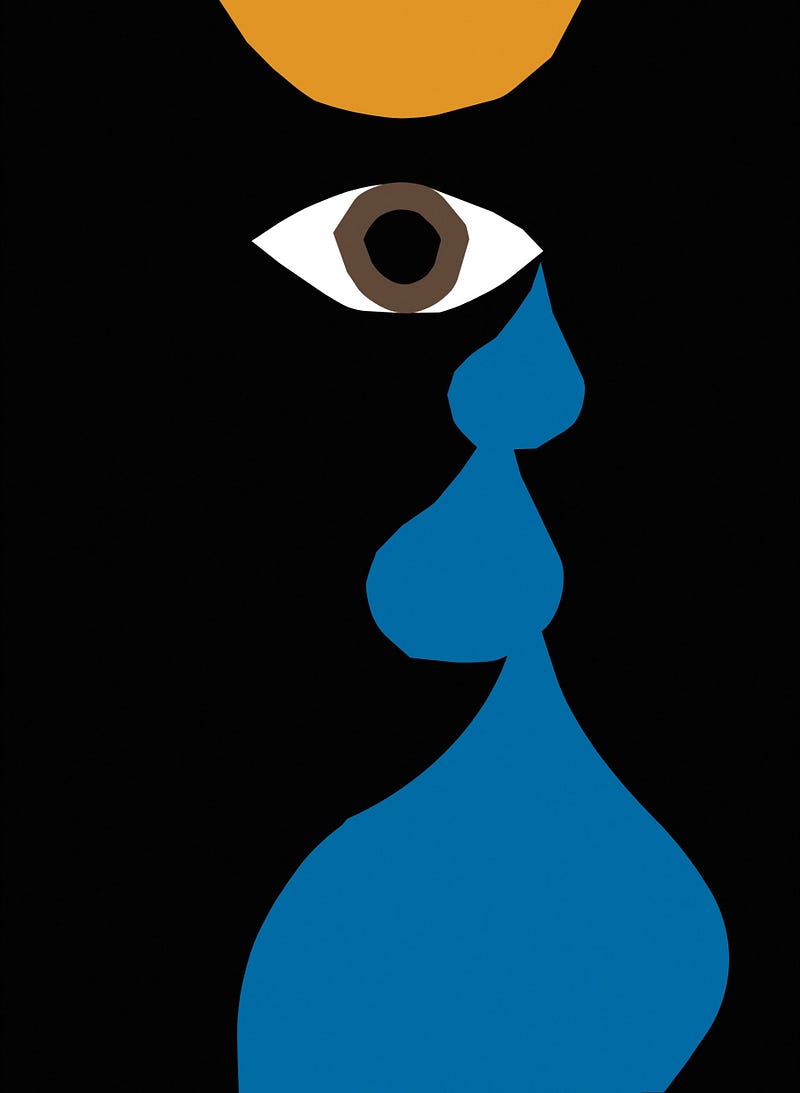
It is impossible to read Scholastique Mukasonga’s “Grief” without being haunted by ghosts. The story descends into the mind and memories of a young woman who has just discovered that her family was killed in the Rwandan genocide. But more powerful, even, than the death that lurks at her heels, is the fear of forgetting — the fear that her country might forget its scars, the fear that she might forget the voices of her parents. It is a terror Mukasonga herself knows all too well — she lost 27 members of her own family in the Rwandan genocide. “I believe that the young female character in the story represents what so many Rwandan refugees felt at the time of the genocide — the pain and the powerlessness — and on returning to the country to search for traces of those who risked disappearing forever into the anonymity of genocide,” she explained in an interview with the New Yorker, where the story was published. “How can you mourn your loved ones when they have no graves? How can you mourn without allowing them to sink into oblivion — a second death, for which you are then responsible?” The clarity of Mukasonga’s language, in contrast with the protagonist’s inner turmoil, is utterly gut-wrenching — but like Mukasonga’s protagonist, the reader finds that the pain is a necessary evil on the path to understanding such otherwise incomprehensible brutality. It is this unflinching portrait of death that makes “Grief” an absolute must-read.
— Cassy James ’23

Many people have wondered what might make this historical moment different from the events of past years (especially 2014–2015). In many disheartening ways, this last month does feel like deja vu: a police officer murders a Black person, protestors organize, and those in power make marginal changes to policing, while the structural racial inequalities of American society remain. Rinse and repeat.
As a brief look at recent anti-racist reading lists will show, this feeling has created an appetite, alongside contemporary voices on race (Ibram X. Kendi, Ta-Nehisi Coates, Roxane Gay), for classic works by canonical authors. I, too, have been returning to works on race that have inspired me throughout my education. It is shocking how much purchase they still have. But, now, we have a renewed opportunity to glean wisdom from them appropriate to our moment.
Particularly important to me is James Baldwin’s The Fire Next Time (1963), the model for Coates’ Between the World and Me (2015). A collection of just two essays, it is extremely digestible, but Baldwin’s personal, literary prose makes it powerful. And though the first of the essays is directed to his nephew, the collection speaks urgently to White people. For me, his most powerful claim is that White people are “trapped in a history they do not understand” — that White people, as a people, in order to achieve political and emotional maturity, must be freed from their own racism. “We [Black people] cannot be free until they [White people] are free.” It is a powerful reversal of the typical discourse on race: in the face of White Americans’ perceived threat to their identity, Baldwin reveals what they stand to gain, not lose.
“[A]nd this is the crime of which I accuse my country and my countrymen . . . that they have destroyed and are destroying hundreds of thousands of lives and do not know it and do not want to know it.” If this country is to change, White Americans must want to know. If the recent surge in support for BLM is any indication, perhaps for the first time, in larger numbers than ever before, we do.
— Julia Walton ’21